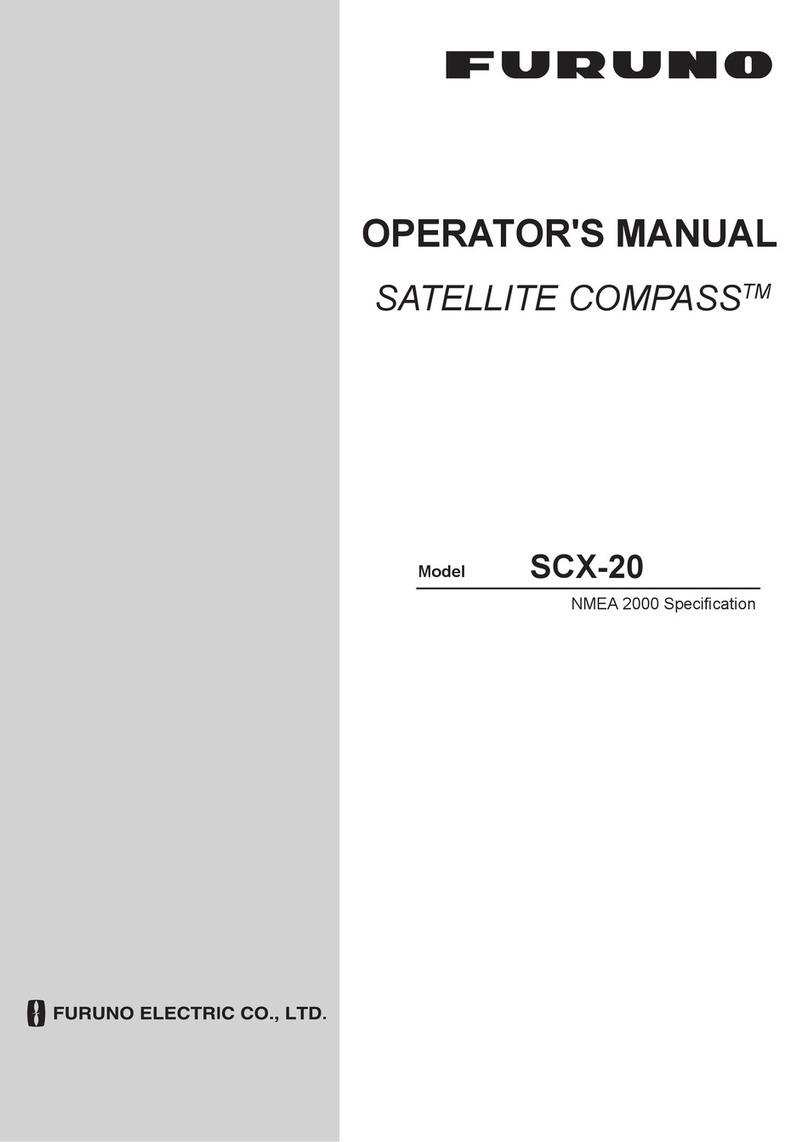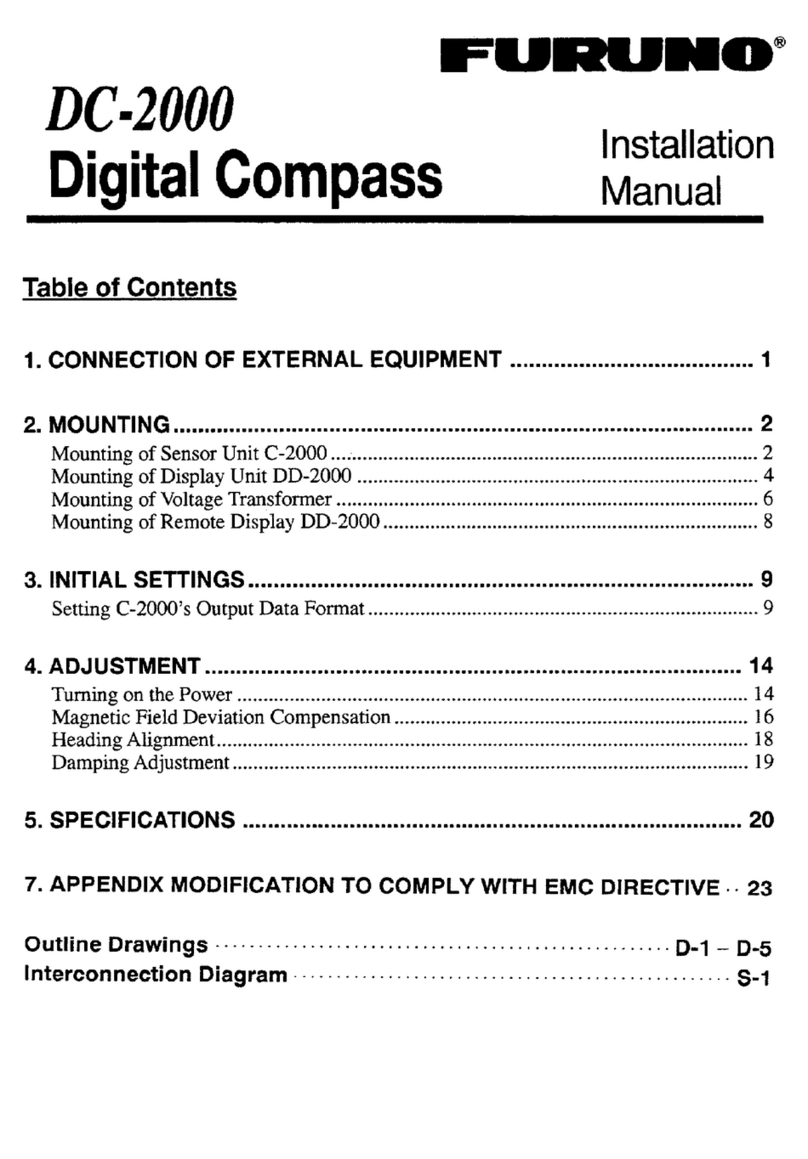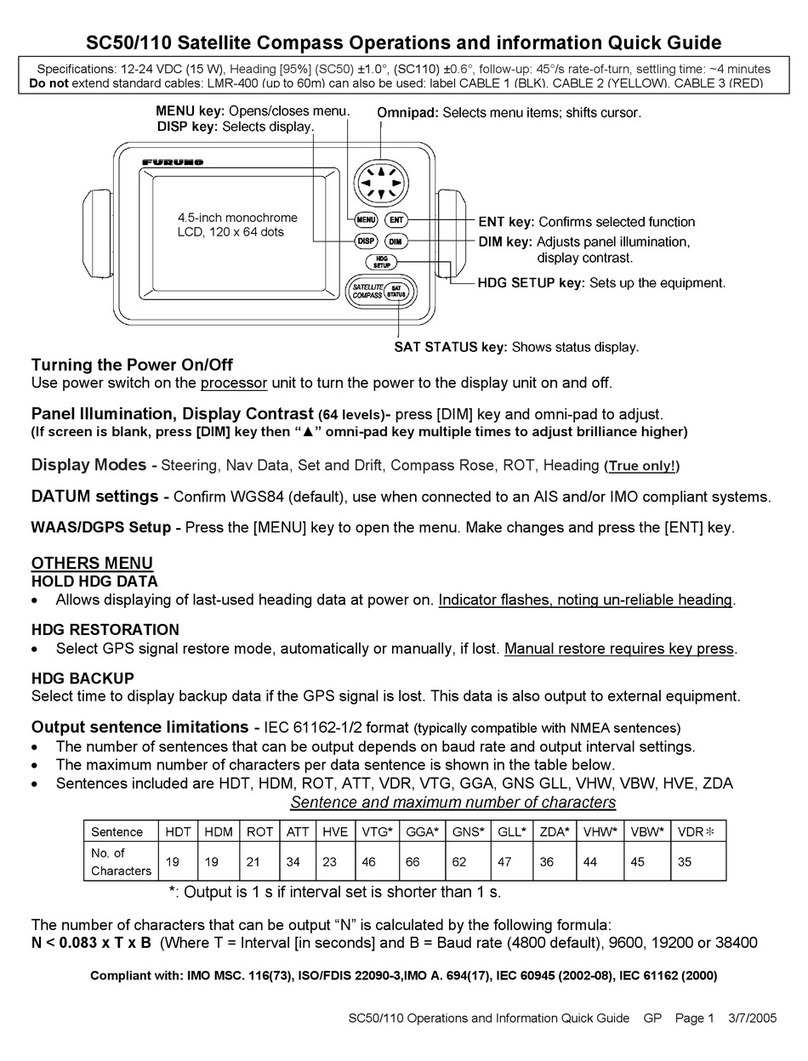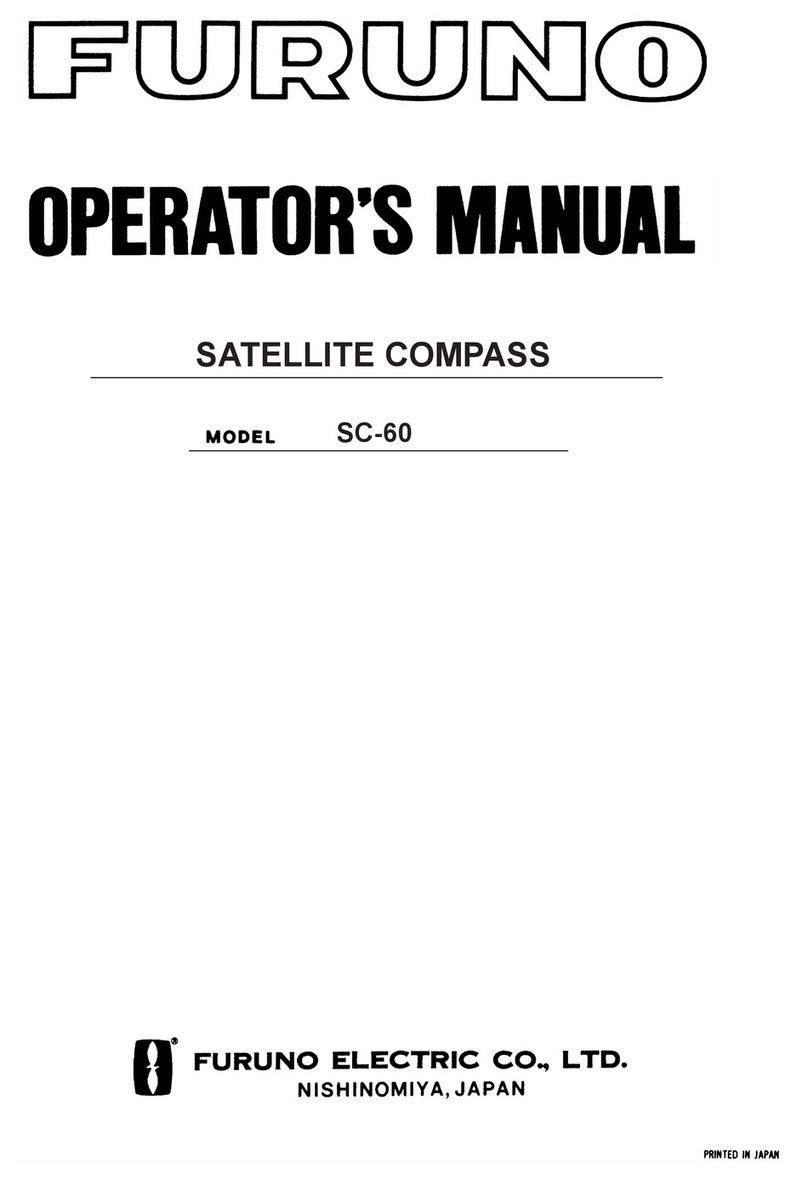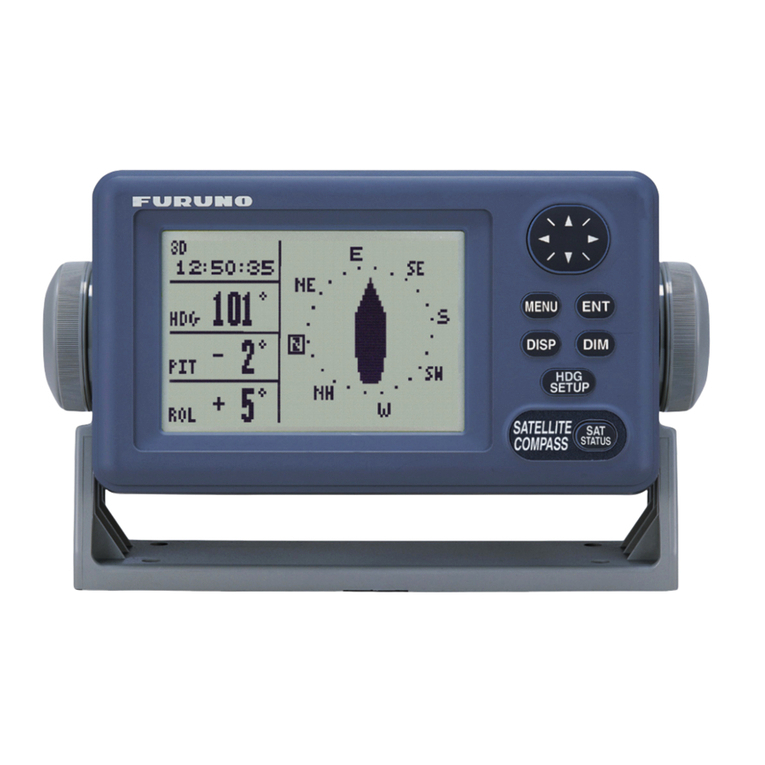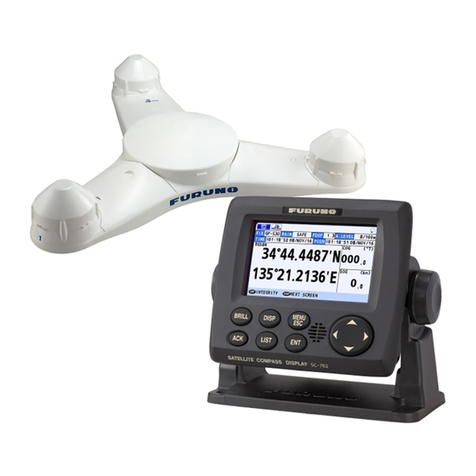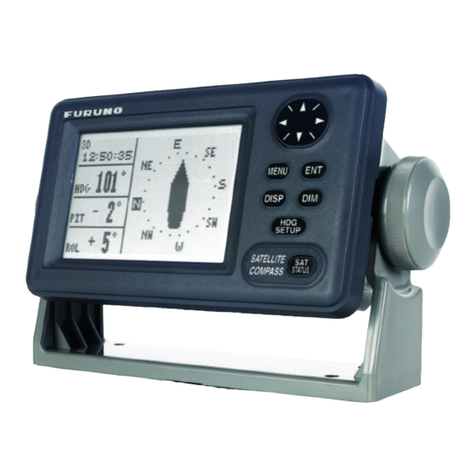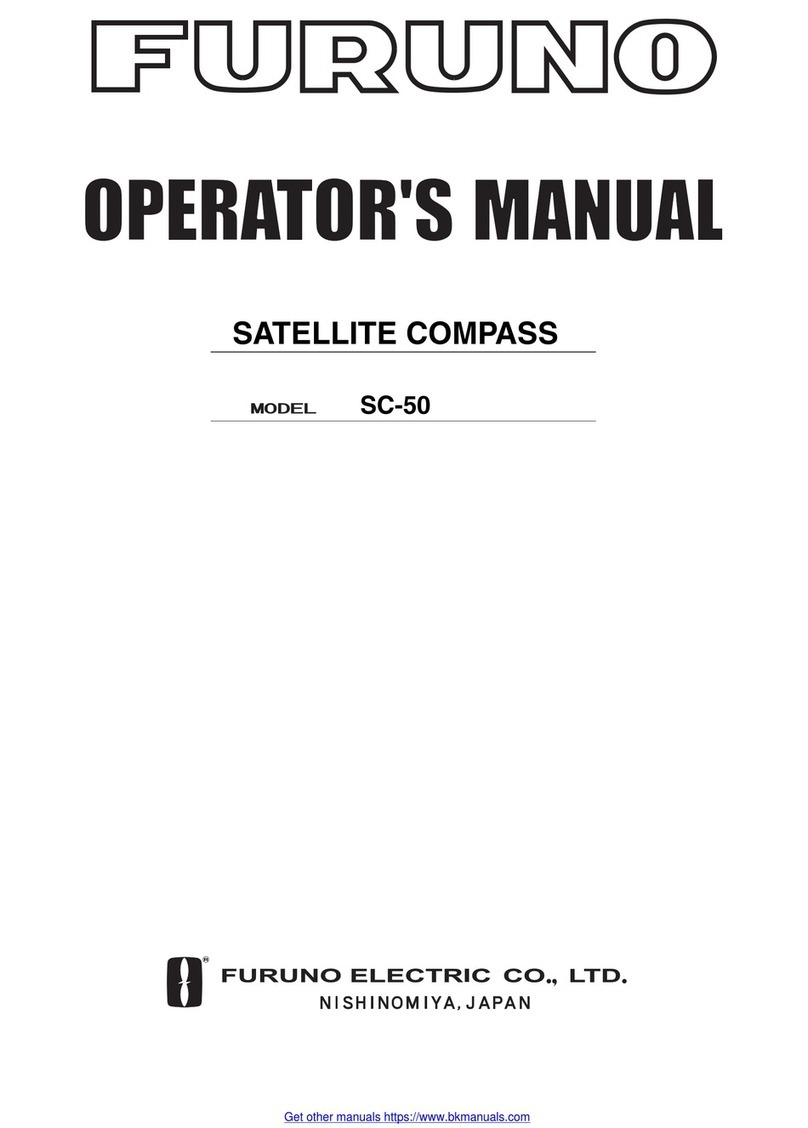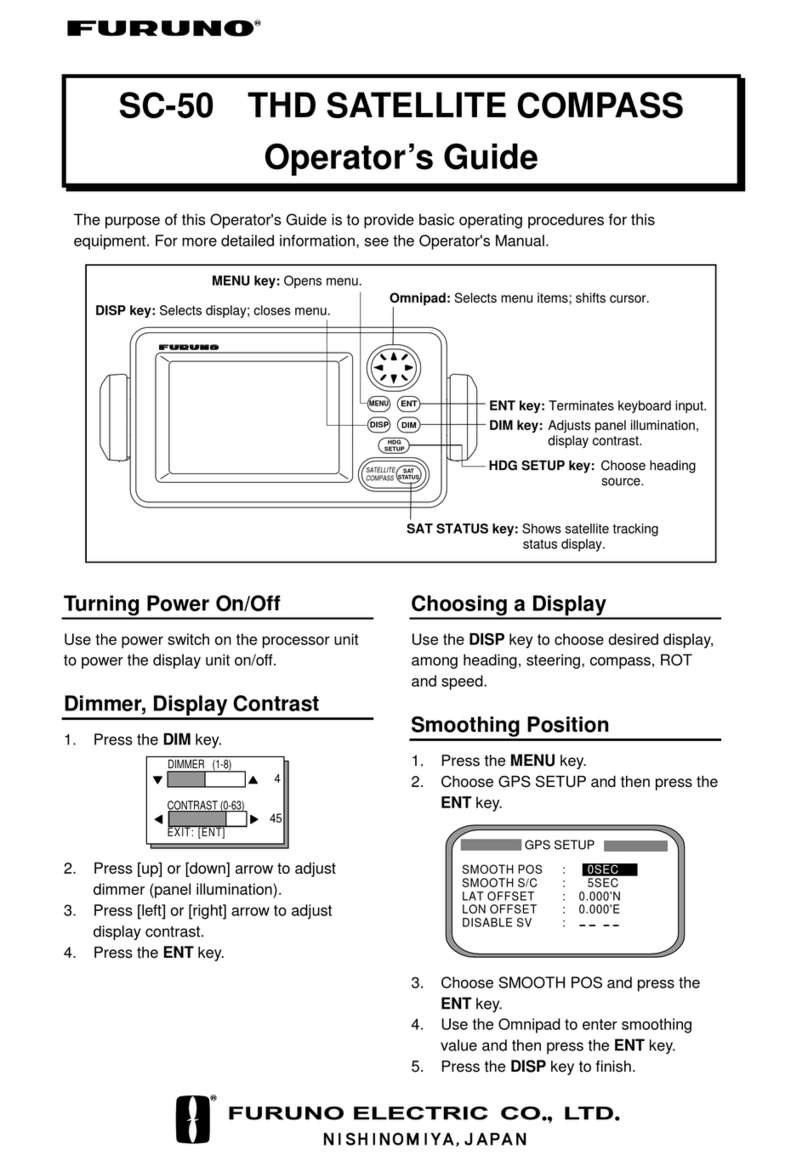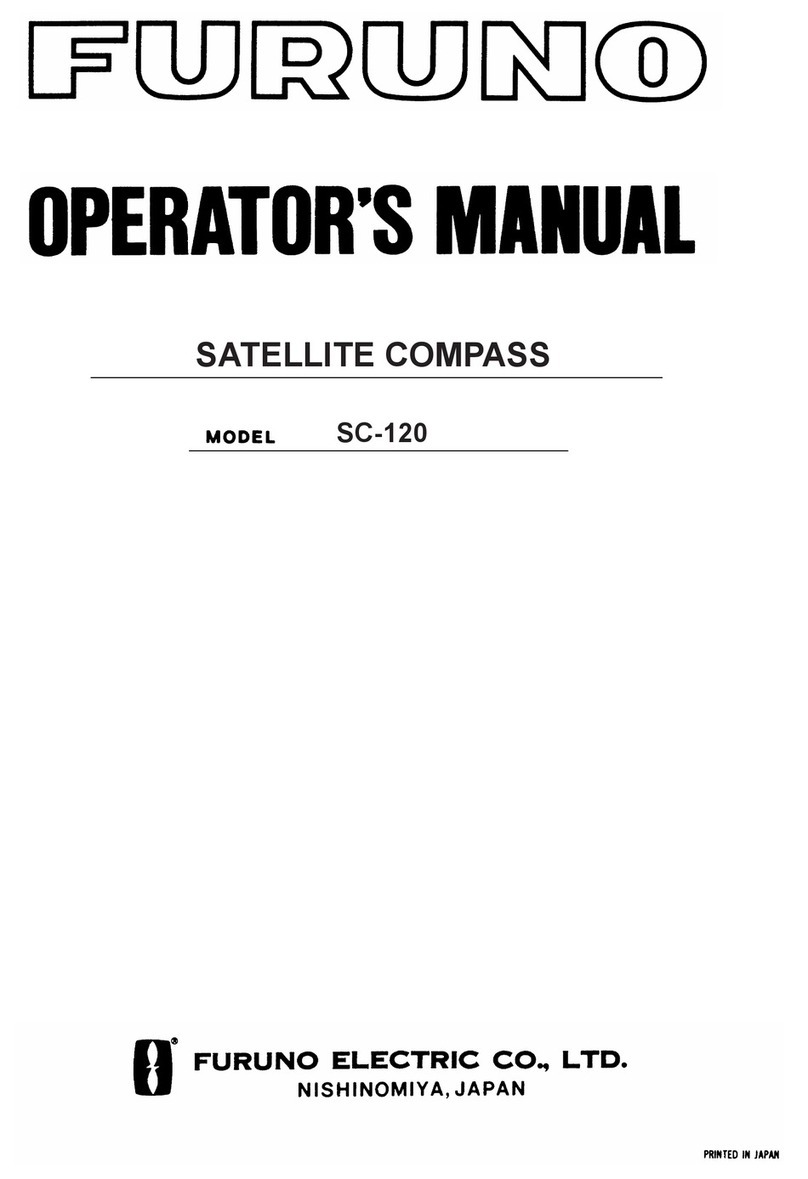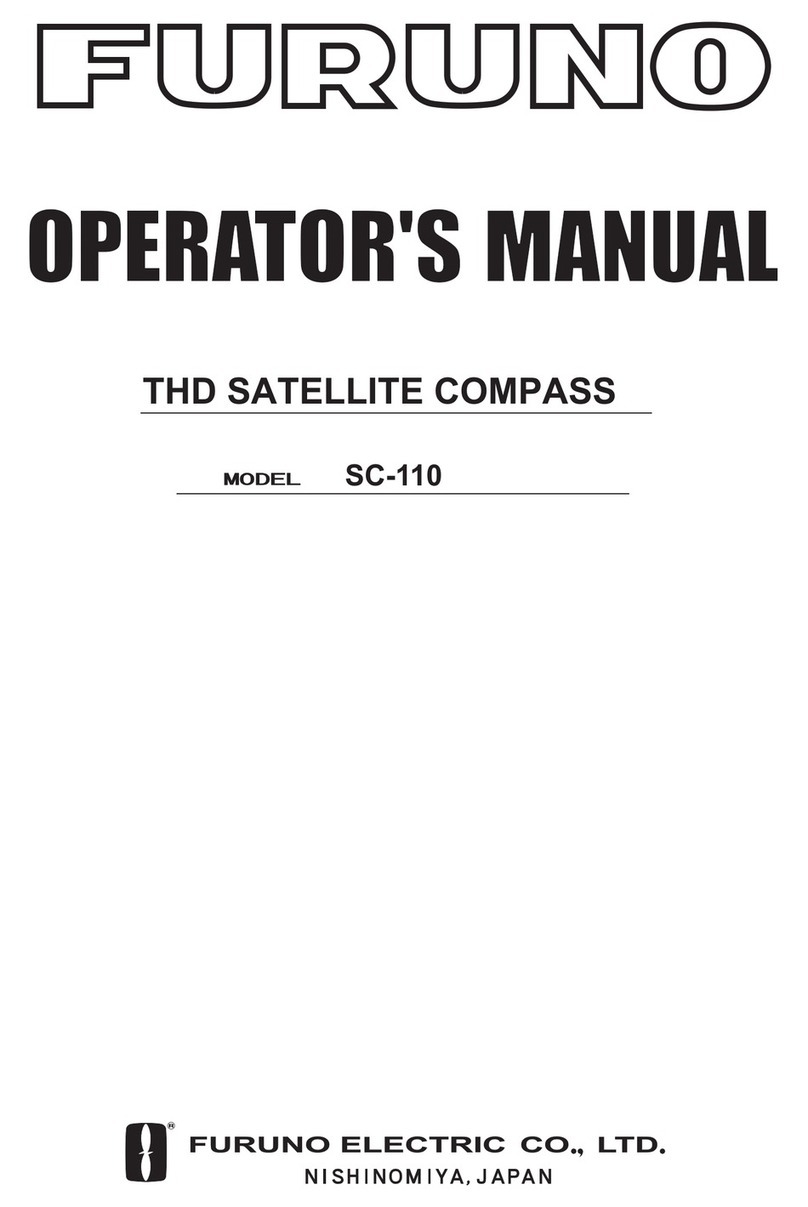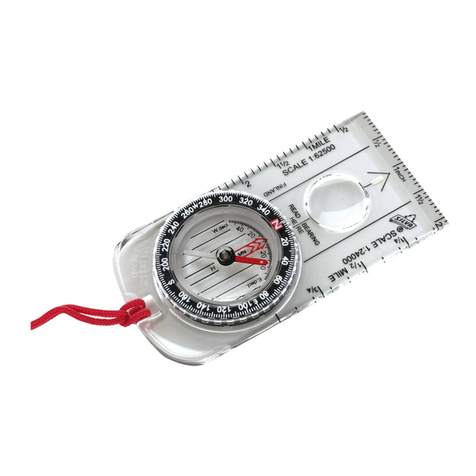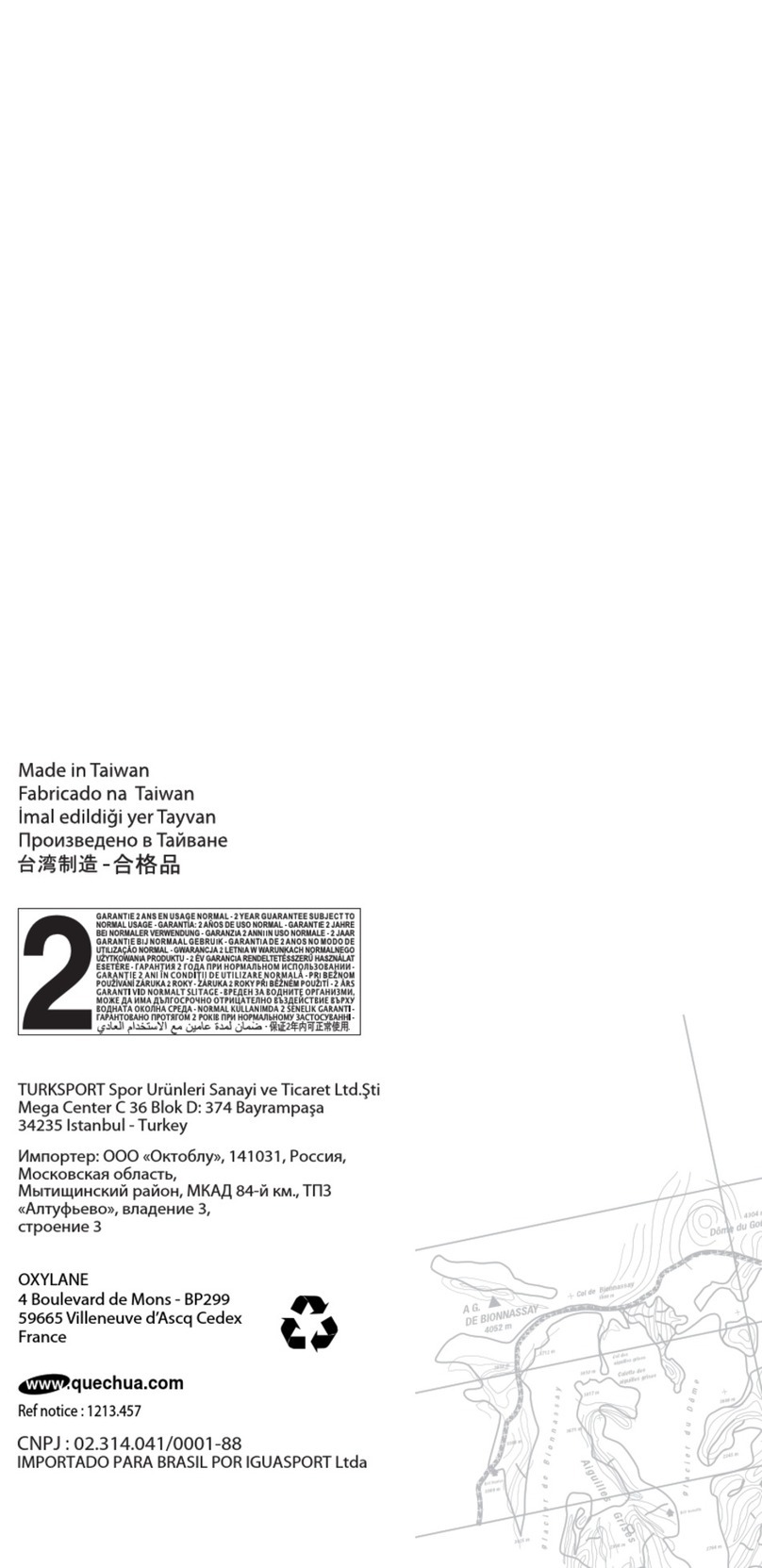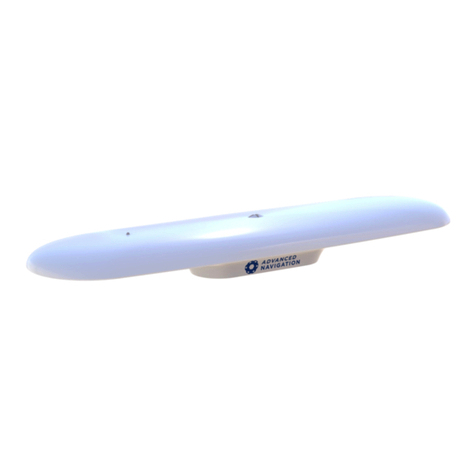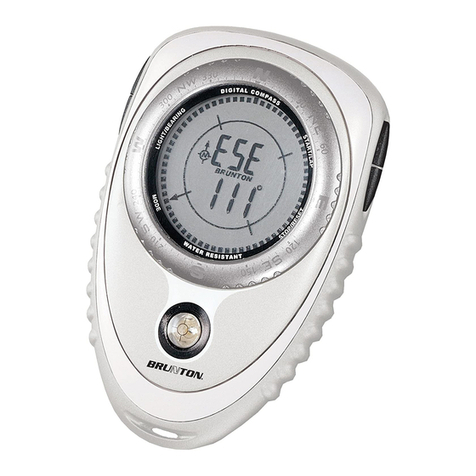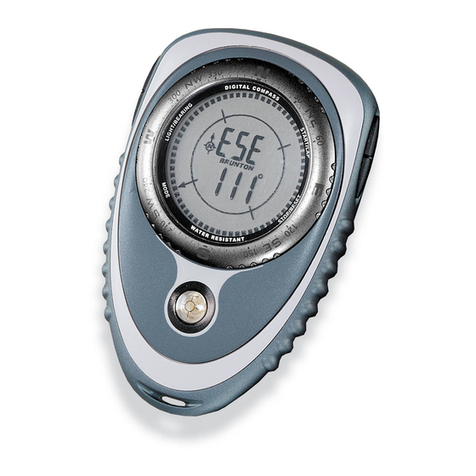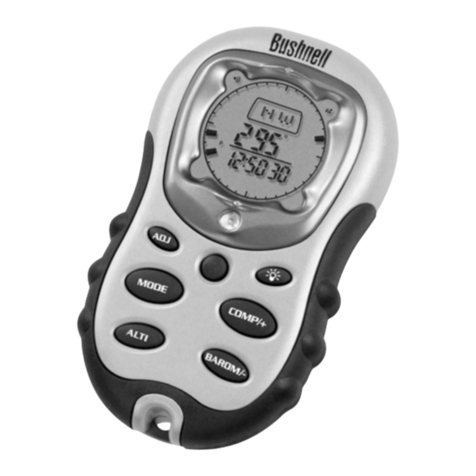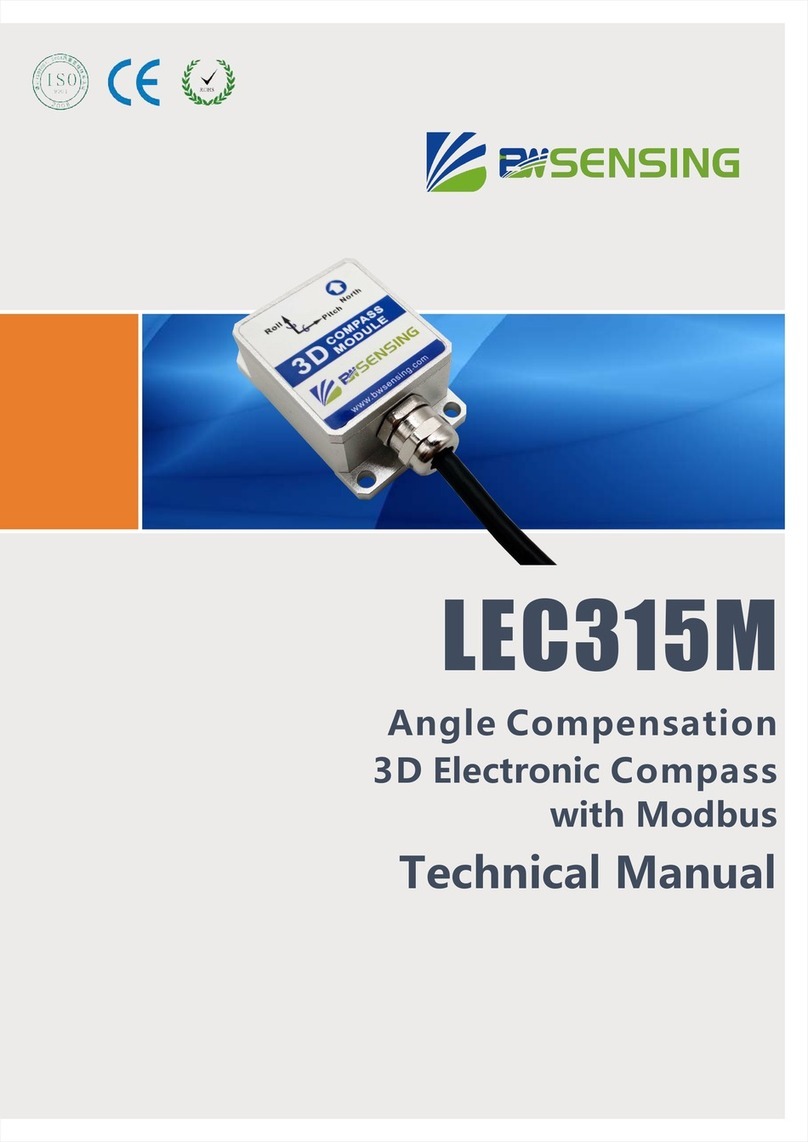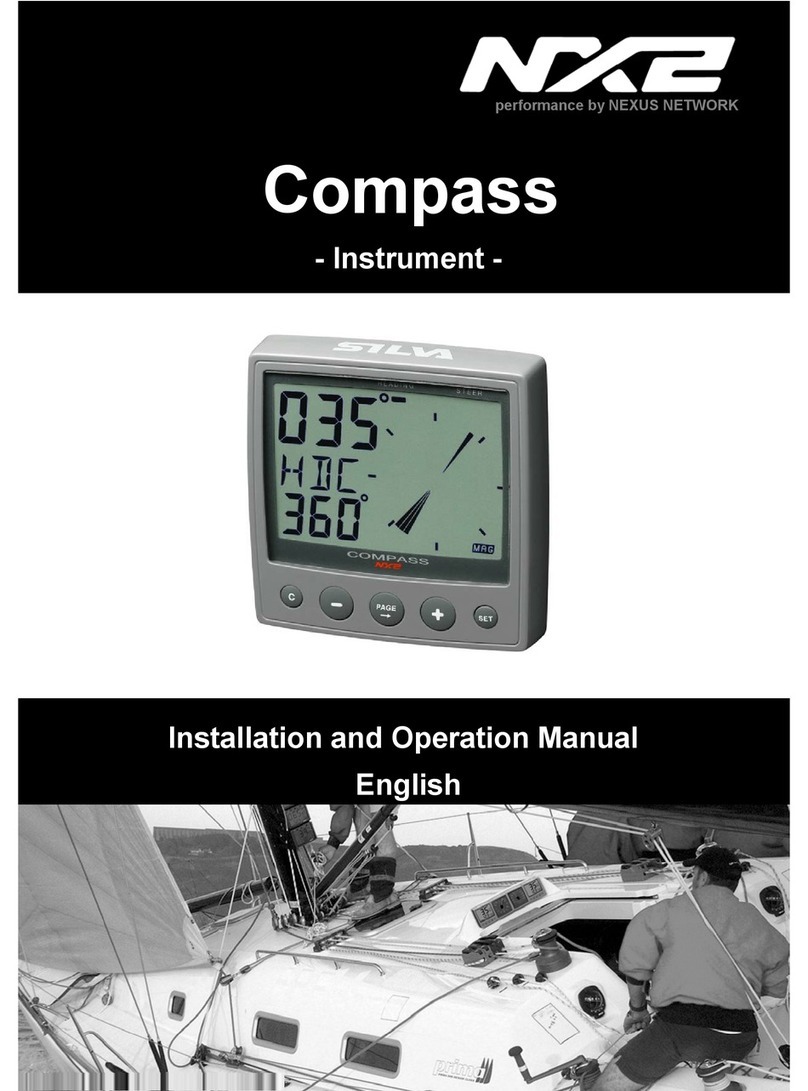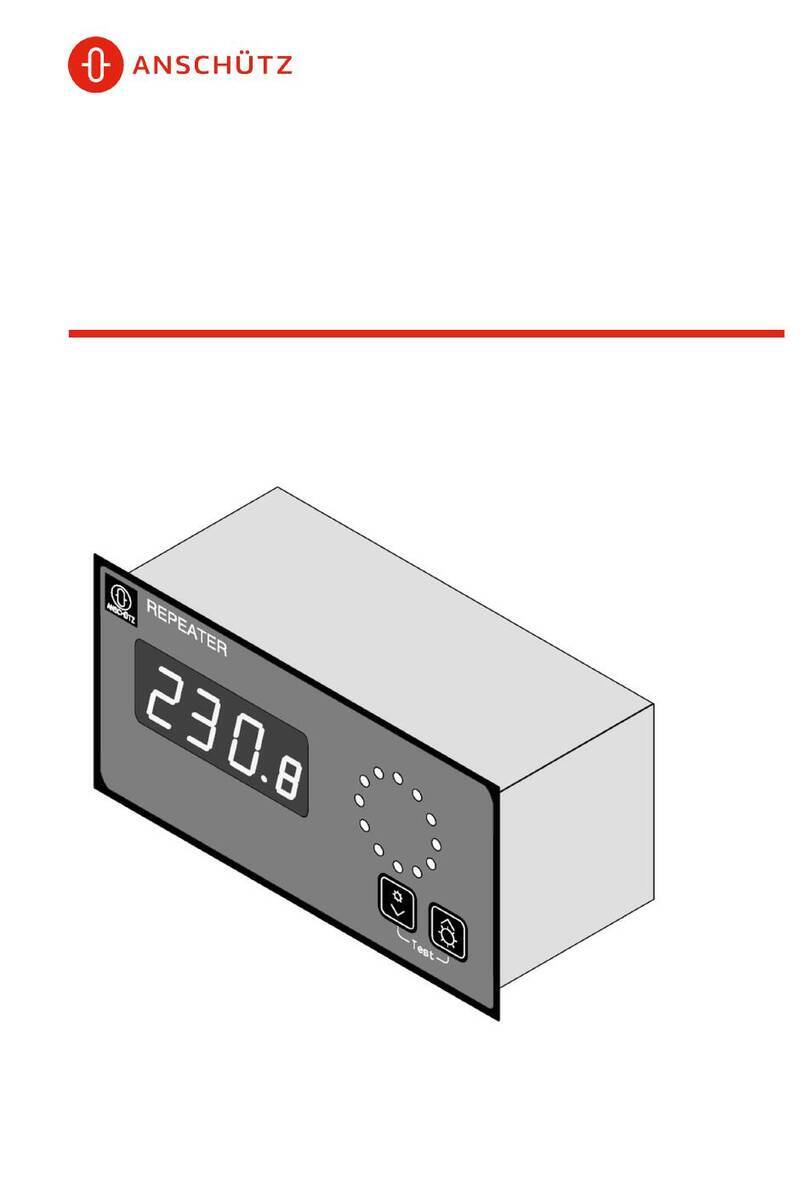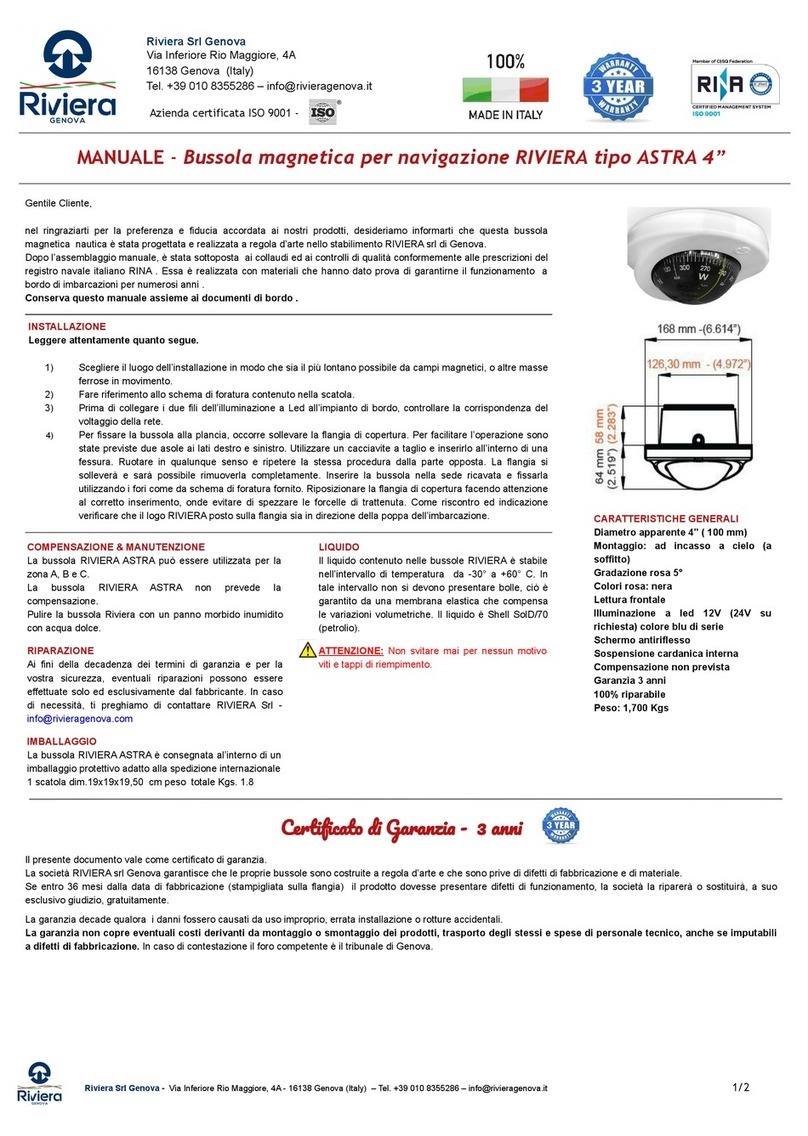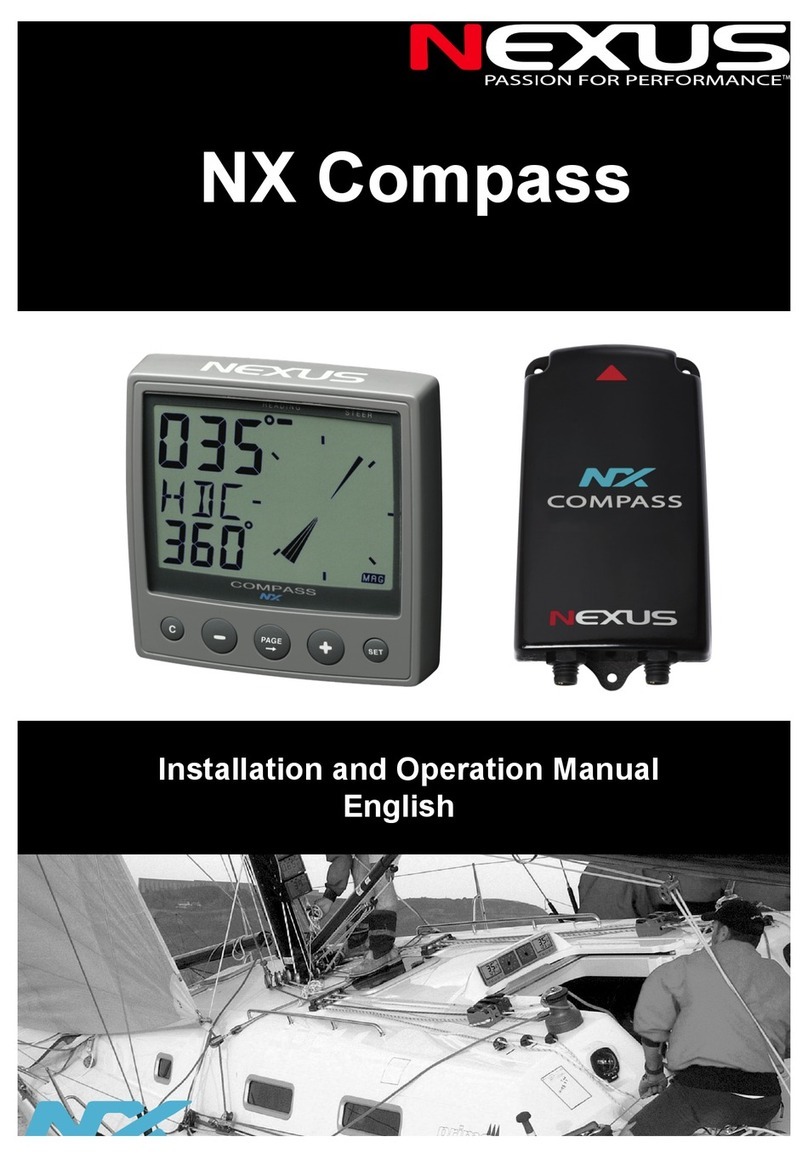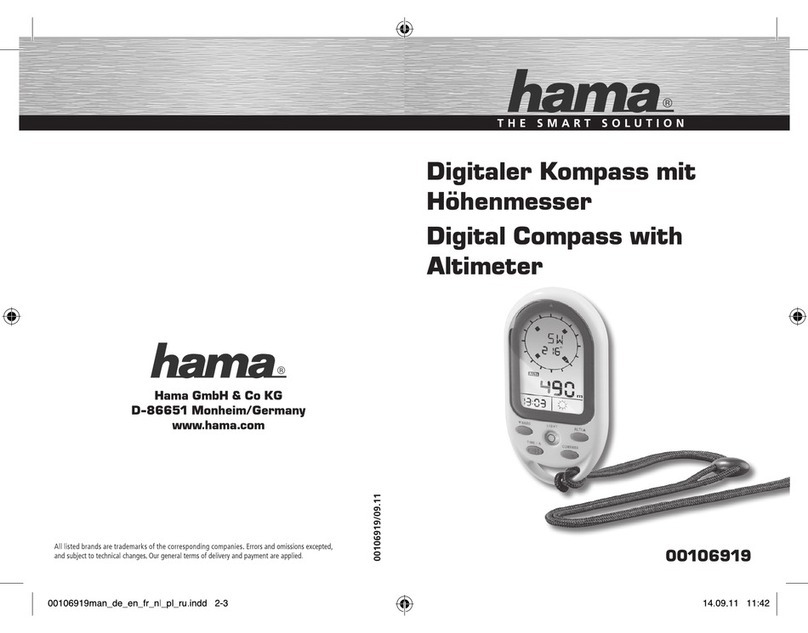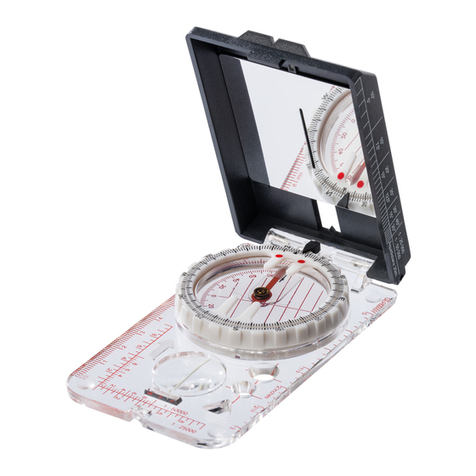ii
TABLE OF CONTENTS
FOREWORD ..................................................................................................................iv
SYSTEM CONFIGURATION...........................................................................................v
EQUIPMENT LIST..........................................................................................................vi
1INSTALLATION...................................................................................................... 1-1
1.1 Installing the Antenna Unit................................................................................................... 1-1
1.1.1 Mounting considerations for single antenna............................................................ 1-1
1.1.2 Mounting considerations for three antennas ........................................................... 1-4
1.1.3 Summary of installation conditions .......................................................................... 1-6
1.1.4 Mounting the antenna unit ..................................................................................... 1-10
1.2 Installing the Processor Unit...............................................................................................1-11
1.2.1 Mounting considerations.........................................................................................1-11
1.2.2 Bulkhead mount......................................................................................................1-11
1.2.3 Deck mount............................................................................................................ 1-12
1.2.4 Mounting on the underside of a desk .................................................................... 1-13
1.3 Installing the Display Unit .................................................................................................. 1-14
1.3.1 Mounting considerations........................................................................................ 1-14
1.3.2 Desktop, overhead mounting................................................................................. 1-14
1.3.3 Flush mount ........................................................................................................... 1-15
1.4 Wiring................................................................................................................................. 1-16
1.5 Initial Settings .................................................................................................................... 1-19
1.5.1 Confirming satellite status...................................................................................... 1-19
1.5.2 Choosing processor unit mounting method........................................................... 1-20
1.6 Connection of External Equipment.................................................................................... 1-21
1.6.1 General wiring........................................................................................................ 1-21
1.6.2 Fabrication of cables.............................................................................................. 1-22
2OPERATION........................................................................................................... 2-1
2.1 Controls ............................................................................................................................... 2-1
2.2 Turning the Power On/Off.................................................................................................... 2-2
2.3 Panel Illumination, Display Contrast.................................................................................... 2-2
2.4 Choosing a Display..............................................................................................................2-3
2.4.1 Description of displays............................................................................................. 2-3
2.5 Alarm Setup ......................................................................................................................... 2-6
2.6 Confirming Satellite Status .................................................................................................. 2-7
2.7 GPS Setup........................................................................................................................... 2-8
2.7.1 Displaying the GPS setup menu.............................................................................. 2-8
2.7.2 GPS SETUP menu description................................................................................ 2-8
2.8 Output Data ......................................................................................................................... 2-9
2.8.1 Heading.................................................................................................................... 2-9
2.8.2 Log pulse ............................................................................................................... 2-13
2.9 System Setup ....................................................................................................................2-14
2.9.1 Geodetic data......................................................................................................... 2-14
2.9.2 Units of measurement............................................................................................ 2-15
2.9.3 Using local time...................................................................................................... 2-15
2.9.4 Time format ............................................................................................................ 2-15
